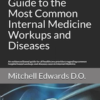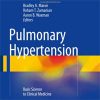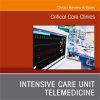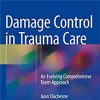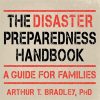Timing of Intubation in Patients With COVID-19
chestnet.orgThe timing of intubation in hypoxemic patients with COVID-19 has been hotly debated. Early in the pandemic, there was a push to intubate early, driven by the effort to reduce transmission of the virus. With time, high-flow nasal cannula (HFNC) oxygenation and noninvasive ventilation (NIV) have been proven safe in terms of transmission of the virus when precautions are taken and have been used as support to avoid intubation when appropriate, as reflected in recommendations by the updated Surviving Sepsis Guidelines.
However, the clinical question persists: When is the “right time” to intubate hypoxemic patients with COVID-19?
Physical examination is the most effective diagnostic tool when assessing for respiratory distress in the setting of hypoxemia, as oxygen saturations alone are poor indicators of the need for mechanical ventilation. As Tobin explains, the decision to intubate should be based on amalgamation of oxygen saturation and physiological effects of hypoxia, including tachypnea and work of breathing.
Work of breathing can be assessed by evaluation of the accessory muscle use, including the palpation of sternocleidomastoids, scalene contraction, abdominal muscle contraction, and tracheal tugging.
Similarly, paying attention to signs of distress such as nasal flaring and gasping is important.
Asking for the patient’s input is similarly useful in determining the need for mechanical ventilation. A patient who is breathing comfortably and able to talk in full sentences is unlikely to be in such distress that urgent intubation is needed.
The Cabrini Respiratory Strain Scale measures these observable variables and is being studied as a decision tool for invasive ventilation.


